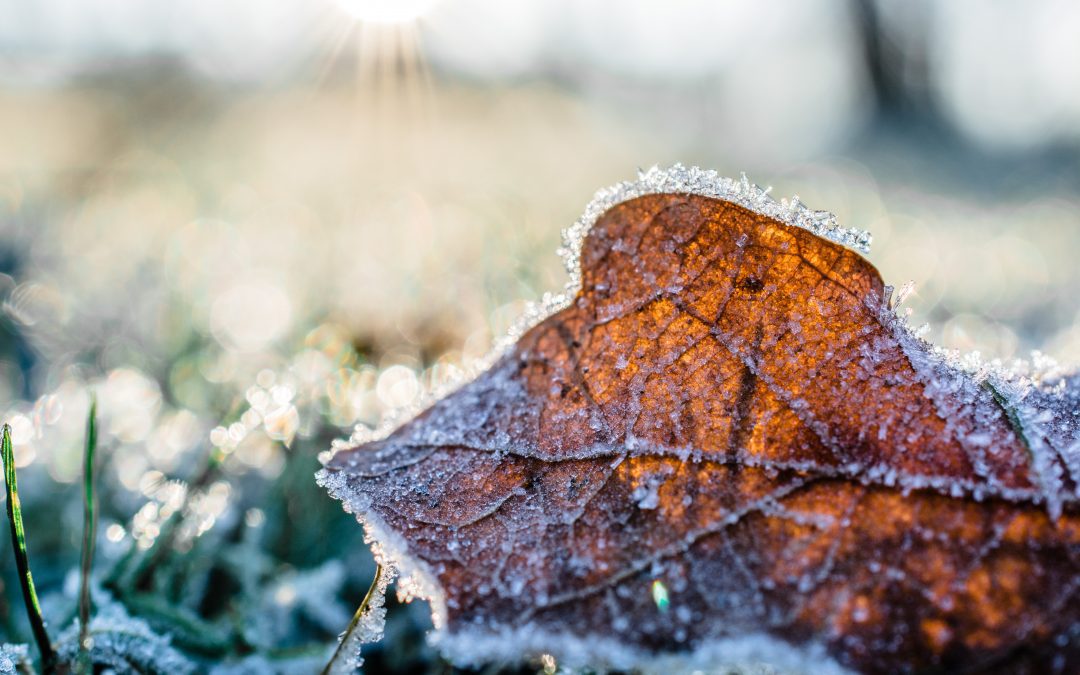Every year, we winterize our cars, our boats, our homes… but what about winterizing your garden? If you have a garden, you should definitely take measures to help your plants and landscaping survive the winter to create even better blooms when spring comes.
Winterizing your garden will help your plants survive the cold and the shorter days that winter brings. If you live somewhere that experiences frost, temperatures below freezing, or snow, here are some ways you can prepare your garden for the colder months.
Check Your USDA Zone
Using the USDA website, you can figure out when to anticipate first and last frost dates, as well as what the average annual extreme minimum winter temperature is in your zone.
Groom Your Garden
Cut off dead leaves and other dry plant parts to prevent your garden from turning into a hot spot for pests and disease in the winter. It will also help prepare you for spring by minimizing the grooming you will do after the frosty months are over. Be sure to remove any weeds and other unwanted, invasive plants. Also, you can add a layer of compost to your plant beds to provide nutrients when it rains.
Divide Perennials
Fall is a great time to divide plants! Try to divide them at least six weeks before the first frost so they can get established before they freeze. Don’t know what plants to divide? Typically, you will want to divide plants that are not blooming like they used to or that have some bare spots.
Dig Up Your Bulbs
Store your bulbs that may not be tough enough to survive the brutal cold. Dry them out before placing them in storage containers, then cover them with sand, sawdust, perlite or vermiculite until it’s time to replant.
Spread Mulch
Adding a layer of mulch over your newer additions to the garden can protect them from thaw/freeze cycles in the soil, which can cause the ground to uproot newer plants. Be sure to check the mulch in the new year to make sure it hasn’t thinned out—add more mulch if needed.
Protect Evergreens
In the fall, be sure to deep soak your evergreens. Conifers and broadleaf evergreens are prone to winter burn because their leaves release moisture year-round. Also make wind breaks to protect exposed evergreens from wind burn. To make a wind break, drive three stakes into the ground in a “V” shape on the side where the wind blows. Wrap burlap or landscape fabric around the stakes.
Defend Young Trees
Trees that were recently planted often have thin bark that is susceptible to sun scald or cracking from fluctuating temperatures. Use tree wrap tape and plastic spiral tree protectors to guard this thin bark.
Shield Your Shrubs
In the event of prolonged and harsh freezes, be sure to wrap your shrubs with landscape fabric or burlap but remove it during warmer periods to prevent overheating. Another option is to build a teepee for your shrubs to protect them from snow as well as frosty days.
Be Mindful of Your Water Features
Do not let your water pump freeze! Check to see if your pump will move water through the winter and figure out if you should remove plants and the pump from the pond for winter.
Use a Cold Frame
In the winter, you can still harvest your own fresh veggies. Build a cold frame from wire hoops and agricultural cloth to grow and harvest cold-season crops like lettuce, spinach, or beets.
By following these guidelines, you can protect your garden this winter, so that when the warm weather comes, your blooms will be even more beautiful.


Recent Comments